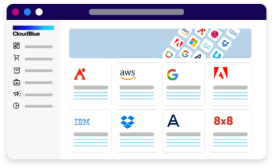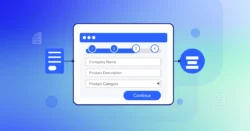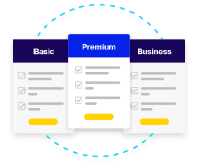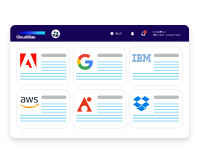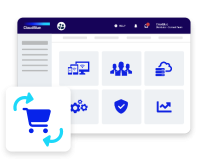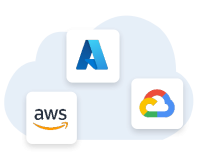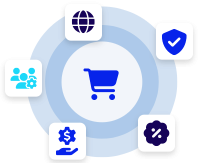The Software Development Lifecycle (SDLC) is a structured process used by software teams to plan, design, develop, test, and deploy software products.
This life cycle framework ensures that software is built systematically and efficiently, addressing potential issues early in development and ensuring the final product meets quality standards. It provides a roadmap that guides teams from concept to completion, allowing them to track progress and maintain a clear direction. Whether the project follows traditional or modern methodologies like agile or DevOps, SDLC is central to managing software creation.
The key to SDLC is breaking the project down into manageable phases, each with a specific set of tasks. It’s a process that is crucial not only for maintaining development efficiency but also for ensuring security and quality in the final product. With the rise of SaaS and AI-powered applications, SDLC is more important than ever in helping businesses deliver secure and scalable software solutions.
Phases of the Software Development Lifecycle
SDLC typically includes several key phases that guide teams from the initial idea to a fully functioning product. These phases are:
- Planning: During this phase, the team identifies the product’s goals, creates a policy for development, and determines the project scope.
- Requirements Analysis: Developers and stakeholders define what the software needs to accomplish. This sets the foundation for further phases.
- Design: The team creates a detailed blueprint for how the software will look and function, focusing on secure and scalable architectures.
- Development: This is the phase where the actual coding takes place, turning design documents into working software.
- Testing: After development, the product undergoes rigorous testing to identify bugs or issues before release.
- Deployment: Once the software passes all tests, it’s released to the end users.
- Maintenance: Post-deployment, the team monitors performance, makes improvements, and updates the software as needed.
This structured approach helps teams build better products faster and ensures that each stage is thoroughly documented and reviewed.
Why SDLC is Important in Modern Development
In today’s SaaS landscape, where products evolve rapidly and must integrate with complex environments, the SDLC provides a reliable framework for handling these challenges. It encourages teams to stay aligned with goals while promoting collaboration and continuous improvement. Agile and DevOps methodologies, which focus on flexibility and iterative development, fit well within the SDLC framework by emphasizing quick feedback loops and adaptability.
Moreover, security is a top priority in software development, especially with the growing influence of AI and cloud-based technologies. SDLC ensures secure development practices are embedded throughout the life cycle, from initial design to ongoing maintenance. The use of a structured process like SDLC helps teams stay ahead of the curve, delivering high-quality software in a reliable and repeatable manner.

